-
 Bitcoin
Bitcoin $119100
-2.16% -
 Ethereum
Ethereum $4300
-0.31% -
 XRP
XRP $3.171
-2.99% -
 Tether USDt
Tether USDt $1.000
-0.01% -
 BNB
BNB $814.1
-1.33% -
 Solana
Solana $176.5
-4.67% -
 USDC
USDC $0.0000
0.00% -
 Dogecoin
Dogecoin $0.2267
-5.83% -
 TRON
TRON $0.3465
2.15% -
 Cardano
Cardano $0.7870
-4.98% -
 Chainlink
Chainlink $21.66
-2.27% -
 Hyperliquid
Hyperliquid $43.89
-4.62% -
 Stellar
Stellar $0.4414
-3.35% -
 Sui
Sui $3.707
-6.73% -
 Bitcoin Cash
Bitcoin Cash $599.1
3.73% -
 Hedera
Hedera $0.2504
-6.96% -
 Ethena USDe
Ethena USDe $1.001
-0.01% -
 Avalanche
Avalanche $23.21
-4.99% -
 Litecoin
Litecoin $121.1
-3.55% -
 Toncoin
Toncoin $3.415
0.45% -
 UNUS SED LEO
UNUS SED LEO $9.002
-1.24% -
 Shiba Inu
Shiba Inu $0.00001314
-5.43% -
 Uniswap
Uniswap $11.45
1.63% -
 Polkadot
Polkadot $3.926
-5.37% -
 Cronos
Cronos $0.1694
1.63% -
 Ethena
Ethena $0.8117
-2.35% -
 Dai
Dai $1.000
0.00% -
 Bitget Token
Bitget Token $4.422
-1.43% -
 Monero
Monero $264.2
-0.83% -
 Pepe
Pepe $0.00001137
-8.29%
What is the difference between PoW and PoS in a cryptocurrency?
Proof-of-Work (PoW) cryptocurrencies like Bitcoin use energy-intensive mining, while Proof-of-Stake (PoS) systems, such as Cardano, secure blockchains via staked cryptocurrency, offering greater energy efficiency.
Mar 12, 2025 at 10:30 am
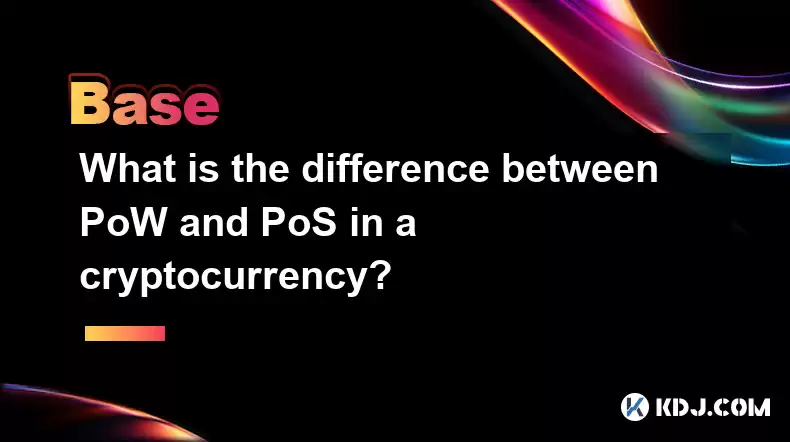
Key Points:
- Proof-of-Work (PoW): Secures a blockchain by requiring miners to solve complex computational problems. This process consumes significant energy. Rewards are given to successful miners, incentivizing participation.
- Proof-of-Stake (PoS): Secures a blockchain by allowing validators to stake their cryptocurrency holdings. Validators are chosen based on the amount staked, creating a proportional chance of validation. Energy consumption is significantly lower compared to PoW.
- Key Differences: The primary differences lie in consensus mechanisms, energy consumption, and validator selection. PoW relies on computational power, while PoS relies on cryptocurrency ownership.
What is the difference between PoW and PoS in a cryptocurrency? This question delves into the fundamental mechanisms that secure and validate transactions on different blockchain networks. Understanding these differences is crucial for grasping the varying characteristics and implications of various cryptocurrencies.
Proof-of-Work (PoW), the original consensus mechanism used by Bitcoin, relies on a competitive race among miners. Miners use powerful computers to solve complex cryptographic puzzles. The first miner to solve the puzzle adds the next block of transactions to the blockchain and receives a reward in cryptocurrency. This process, while secure, is notoriously energy-intensive.
The energy consumption associated with PoW is a major point of contention. The vast computational power required leads to substantial electricity usage, raising environmental concerns. This has fueled the search for more energy-efficient alternatives, like Proof-of-Stake.
Proof-of-Stake (PoS), in contrast, is a more energy-efficient consensus mechanism. Instead of competing to solve computational puzzles, validators are chosen to create new blocks based on the amount of cryptocurrency they have "staked." The more cryptocurrency a validator stakes, the higher their probability of being selected to validate transactions and add a block to the blockchain.
This selection process is generally random, but weighted by the stake. This means that validators with larger stakes have a higher chance of being chosen, incentivizing them to act honestly to avoid losing their stake. This mechanism reduces energy consumption dramatically compared to PoW.
The selection process in PoS often incorporates additional factors beyond simply the amount staked. Some protocols introduce elements of randomness, time, or even reputation to further enhance the security and fairness of the validation process. This aims to prevent the concentration of power in the hands of a few large stakers.
How does validator selection work in PoS?
- Validators are chosen randomly, but proportionally to the amount of cryptocurrency they have staked.
- The selection process often involves cryptographic functions to ensure randomness and prevent manipulation.
- Some PoS systems use a combination of factors, including stake size, age of stake, and performance metrics, to determine validator selection.
What are the security implications of PoW and PoS?
PoW's security relies on the massive computational power required to attack the network. The cost of attempting to reverse transactions or create fraudulent blocks is prohibitively high. PoS, on the other hand, relies on the economic incentives of validators. Attacking the network would result in the loss of staked cryptocurrency, creating a strong disincentive.
Which mechanism is better, PoW or PoS?
There's no single "better" mechanism. The choice depends on the specific goals and priorities of the cryptocurrency project. PoW offers a high level of security, proven over time, but at a significant environmental cost. PoS provides a more energy-efficient alternative, but its long-term security remains a subject of ongoing research and debate.
What are the environmental impacts of PoW and PoS?
PoW's high energy consumption contributes significantly to greenhouse gas emissions. PoS, being significantly less energy-intensive, has a substantially smaller environmental footprint. The exact environmental impact varies depending on the specific cryptocurrency and the energy sources used to power its network.
How do transaction fees differ between PoW and PoS networks?
Transaction fees in PoW networks often cover the miners' costs of operating their hardware and electricity. In PoS, transaction fees can be lower because the energy costs are minimal, however, they may still be required to incentivize validators. The fee structure varies greatly among different PoS implementations.
What is the role of decentralization in PoW and PoS?
Decentralization is a core goal for both. In PoW, the decentralized nature comes from the distributed mining network, where anyone with sufficient computing power can participate. In PoS, decentralization depends on the distribution of staked cryptocurrency among validators. The concentration of stakes in fewer hands can lead to concerns about centralization.
What are some examples of cryptocurrencies using PoW and PoS?
Bitcoin (BTC) is a prominent example of a PoW cryptocurrency. Ethereum (ETH) transitioned from PoW to PoS, a major change in its consensus mechanism. Other notable examples of PoS cryptocurrencies include Cardano (ADA), Solana (SOL), and Cosmos (ATOM). Many other projects utilize variations and hybrid approaches to consensus.
Disclaimer:info@kdj.com
The information provided is not trading advice. kdj.com does not assume any responsibility for any investments made based on the information provided in this article. Cryptocurrencies are highly volatile and it is highly recommended that you invest with caution after thorough research!
If you believe that the content used on this website infringes your copyright, please contact us immediately (info@kdj.com) and we will delete it promptly.
- Dogecoin, Presale, Surge: Riding the Meme Coin Wave
- 2025-08-12 11:10:12
- Dogecoin, Tron, and the ROI Reality Check: What's a Crypto Investor to Do?
- 2025-08-12 11:15:12
- Ethereum Layer-2 Scaling Competition Heats Up as ETH Breaks $4K
- 2025-08-12 10:30:12
- China Regulation, Stablecoins, and BNB Presale: Navigating the Crypto Landscape
- 2025-08-12 11:30:12
- Meme Coins, Investment, and Token Burns: What's Hot in 2025?
- 2025-08-12 10:30:12
- BlockDAG, Chainlink, Hedera: The Cryptos Enterprises are Eyeing
- 2025-08-12 09:30:12
Related knowledge
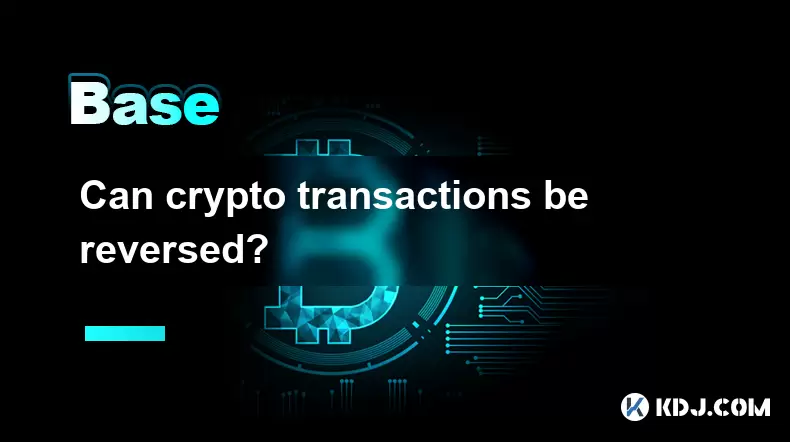
Can crypto transactions be reversed?
Aug 10,2025 at 01:35am
Understanding the Immutability of Blockchain TransactionsCryptocurrency transactions are built on blockchain technology, which is designed to be immut...

What happens if I forget my crypto wallet password?
Aug 09,2025 at 08:50am
Understanding the Role of a Crypto Wallet PasswordA crypto wallet password serves as a critical security layer that protects access to your digital as...
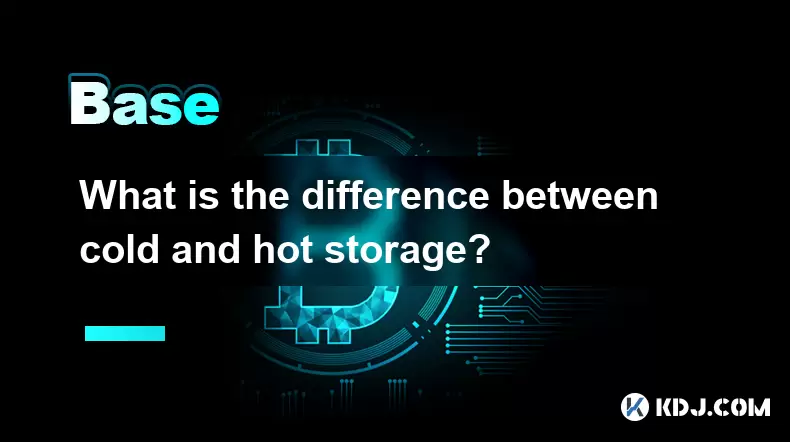
What is the difference between cold and hot storage?
Aug 12,2025 at 01:01am
Understanding Cold Storage in CryptocurrencyCold storage refers to offline methods of storing cryptocurrency private keys, ensuring they are not expos...
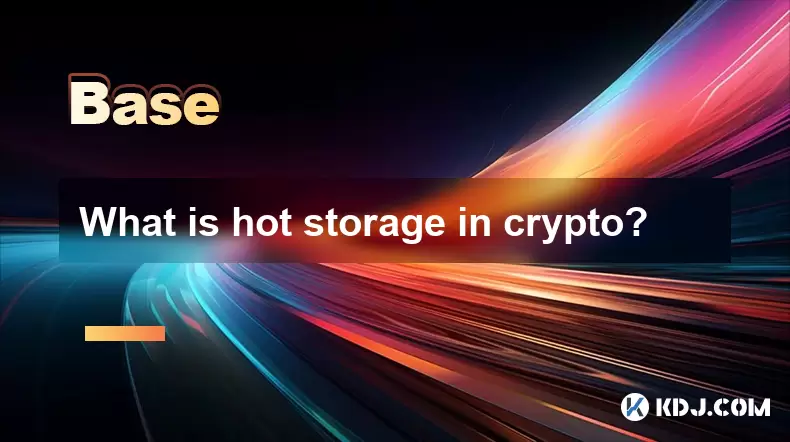
What is hot storage in crypto?
Aug 11,2025 at 07:08am
Understanding Hot Storage in CryptocurrencyHot storage refers to cryptocurrency wallets that are connected to the internet. Unlike cold storage soluti...
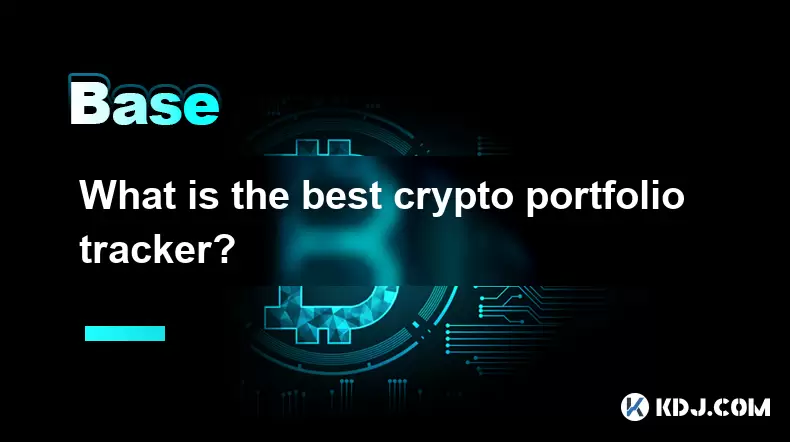
What is the best crypto portfolio tracker?
Aug 10,2025 at 05:08am
Understanding the Role of a Crypto Portfolio TrackerA crypto portfolio tracker is a digital tool designed to help investors monitor the performance of...
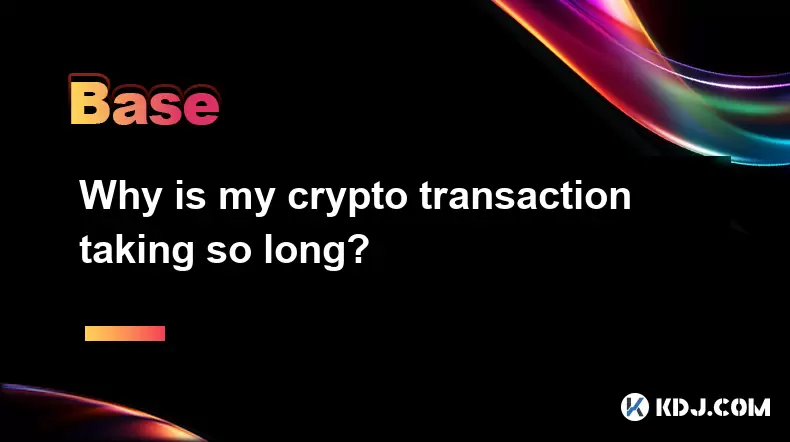
Why is my crypto transaction taking so long?
Aug 11,2025 at 11:35am
Understanding Blockchain Network CongestionWhen a crypto transaction is delayed, one of the most common causes is network congestion on the blockchain...

Can crypto transactions be reversed?
Aug 10,2025 at 01:35am
Understanding the Immutability of Blockchain TransactionsCryptocurrency transactions are built on blockchain technology, which is designed to be immut...

What happens if I forget my crypto wallet password?
Aug 09,2025 at 08:50am
Understanding the Role of a Crypto Wallet PasswordA crypto wallet password serves as a critical security layer that protects access to your digital as...

What is the difference between cold and hot storage?
Aug 12,2025 at 01:01am
Understanding Cold Storage in CryptocurrencyCold storage refers to offline methods of storing cryptocurrency private keys, ensuring they are not expos...

What is hot storage in crypto?
Aug 11,2025 at 07:08am
Understanding Hot Storage in CryptocurrencyHot storage refers to cryptocurrency wallets that are connected to the internet. Unlike cold storage soluti...

What is the best crypto portfolio tracker?
Aug 10,2025 at 05:08am
Understanding the Role of a Crypto Portfolio TrackerA crypto portfolio tracker is a digital tool designed to help investors monitor the performance of...

Why is my crypto transaction taking so long?
Aug 11,2025 at 11:35am
Understanding Blockchain Network CongestionWhen a crypto transaction is delayed, one of the most common causes is network congestion on the blockchain...
See all articles

























































































